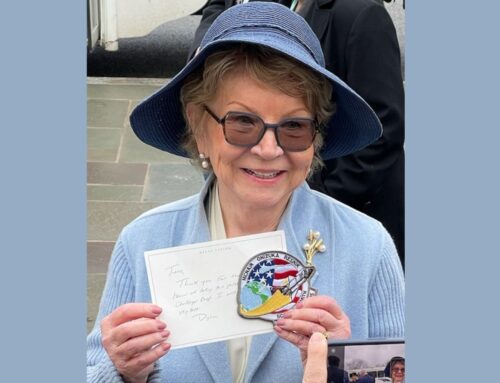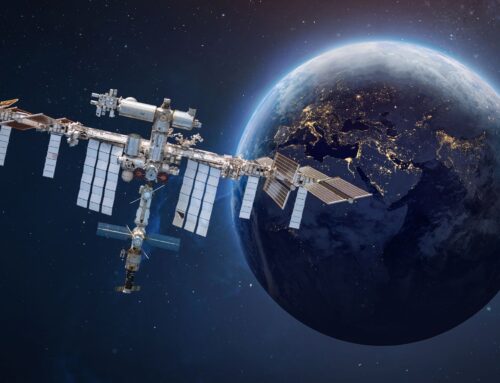It’s evident that cross-generational workers, raised in different decades with different work norms, generally work differently. A recent study from the SHRM Foundation indicates that these generational differences add to workplace communication challenges, different value systems and disparate approaches to working. It can also emphasize interpersonal conflict during team initiatives.
The NewSpace Industry, however, is emerging as a leader in uniting cross-generational workers. Older generations, who are adept at analyzing business methods, resources, and organizational challenges are learning new tech skills and working closely with naturally tech-savvy, but less experienced Millennials and Gen Z workers to combine their efforts and help innovation thrive.
Amidst a growing and evolving industry, space companies seek to support the professional development of every employee during each stage of their career. Understanding the current state of the workforce is integral to improving and ensuring the success of employees in the NewSpace sector.
The Age Gap & Preventing Negative Stereotypes
Currently, there are five generations that make up the U.S. workforce, ranging in ages from 16 to over 80. The older generation of workers, age 55+, are staying in the workforce longer, either choosing to stay engaged professionally or out of financial necessity. Companies like NASA don’t enforce a mandatory retirement age and embrace the diverse and crucial experience of this older workforce. Other companies in the private space sector are likewise highlighting the attributes of experienced players to help spearhead innovations. SpaceX, for instance, is utilizing the expertise of the former NASA director of spaceflight, Bill Gerstenmaier, to oversee space exploration missions.
Senior workers carry fundamental institutional expertise but are often generalized as traditionalists who don’t challenge the status quo. However, The SHRM Foundation found that most older workers are open to change and have a willingness to learn, with the capability to greatly contribute and lead teams. Younger workers may be viewed as rebuking workplace norms or institutionalized systems.
Karen Higginbottom of Forbes says, “In a multi-generational workforce, there is potential for negative stereotyping…Organizations need to take steps to ensure managers overcome their unconscious bias.”
In some ways, it’s a blend of these characteristics that helps the NewSpace sector and its private companies and startups thrive, which is one reason why it’s essential to foster cross-generational relationships in the workforce.
NASA, although part of the old space world, is expanding with partnerships in the private sector and is working to bridge that age gap to prevent any negative stereotypes from poisoning the collaboration and progress within their teams.
Mentorship & Reverse Mentoring
Creating a diverse mix of educational programs and mentorship initiatives allows these companies to help close the gap between the younger and older generations. Private companies, as well as NASA, offer mentorship programs, fellowships, workshops, and collaborative projects for a wide age group to reduce unconscious bias.
The NASA Headquarters Modern Mentoring Program brings two generations together to unify the organization’s working culture. Further, the NASA Ames Academy for Space Exploration provides science and engineering students with the opportunity to become apart of the NASA community, while the Pathways Program extends internships to motivated students who want to be a part of the organization and so that established workers can foster relationships with potential employees to help the organization create a productive workplace among all age brackets. Some organizations and companies also offer emeritus programs that support employees who are eligible for retirement by allowing them to continue on a part-time basis and to help train and mentor successors. At Goddard Spaceflight Center, Vince Gigliotti retired after 49 years but returned as an Emeritus because he loved working. In the private sector, companies are taking the initiative to help cross-generational divides dissipate.
There are many opportunities that the NewSpace sector can use to help build and incentivize a multigenerational workforce to further drive innovation in organizations and throughout the industry. As companies nurture cross-generational learning to bridge the gap and offer inclusion between different age groups, then a new generation of talent and established employees can look for innovative solutions to better engage everyone in the workplace.






